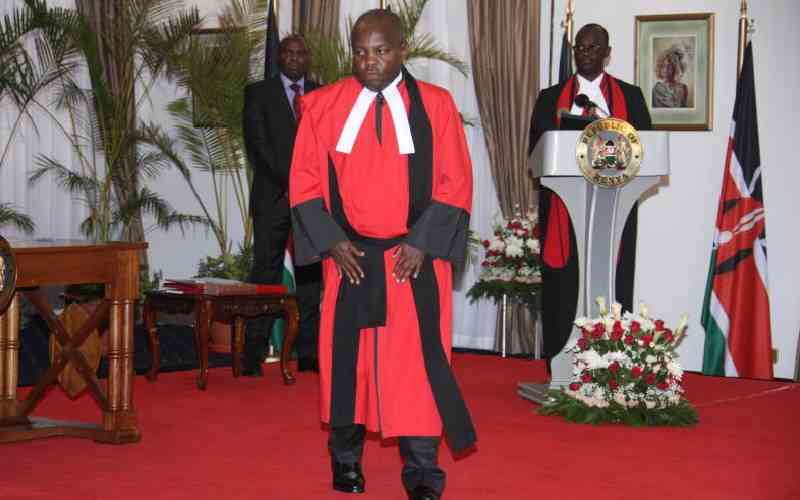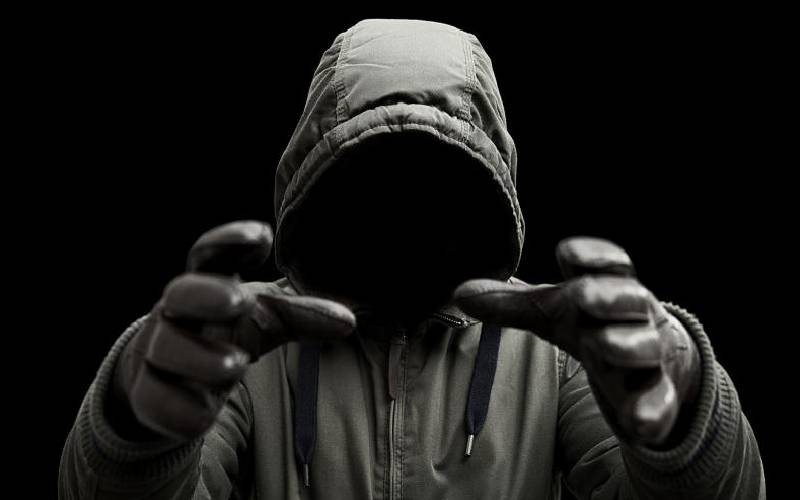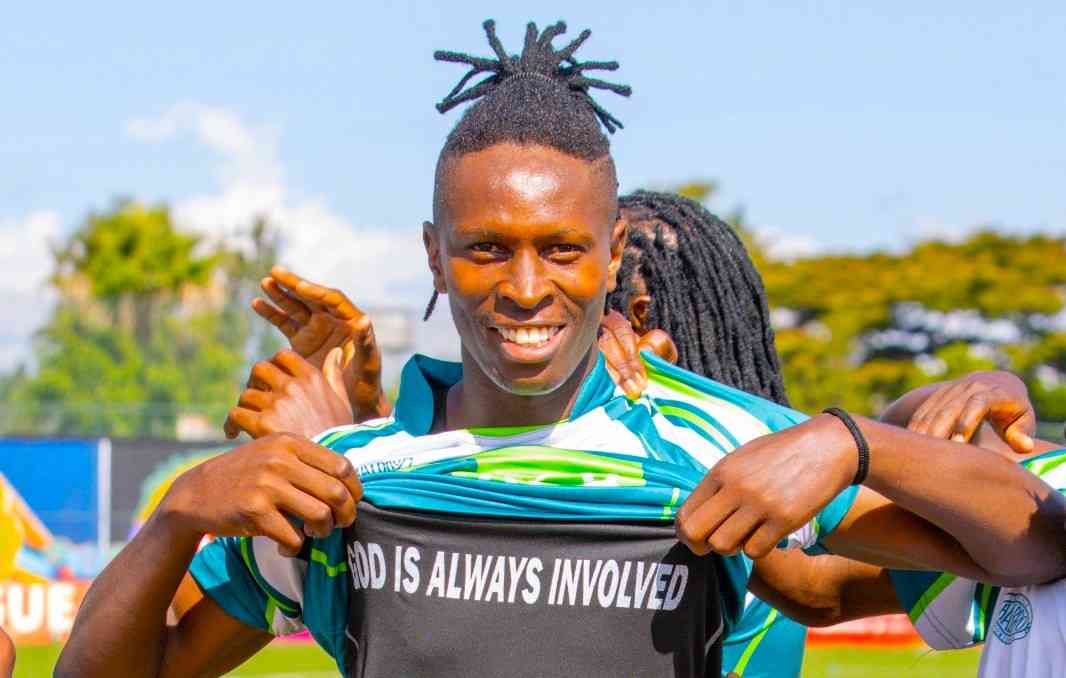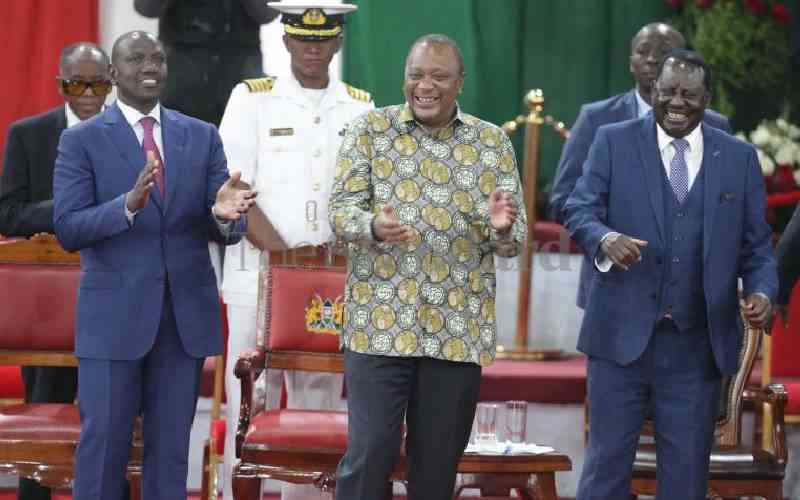
The world recently celebrated the 30th anniversary of the UN Convention on the Rights of the Child (CRC). The convention is an international law on childhood, which sets out the civil, political, economic, social and cultural rights of every child regardless of their race, religion or abilities.
Over the years, the CRC has played a key role in improving the lives of children across the continent. Nearly all governments have pledged to respect, protect and promote those rights, making the convention one of the most universally accepted treaties in history. The CRC protects the rights of all children, everywhere, to be free from neglect, discrimination and violence.
In adherence to this convention, most African governments, working with various stakeholders, have made laudable efforts to ensure all children’s rights are respected. Different legislative, policy and programmatic initiatives to protect children are in place.
While notable progress has been made in the past three decades, significant challenges remain in different parts of the continent, particularly for deprived, excluded and vulnerable children. There is still a great way to go.
To date, we still hear cases of children living in extreme poverty, of child trafficking, child labour, child sexual exploitation, child soldiers, child marriages and other horrid stories. Cases of child rights violation remain high.
Worse, our young ones continue to face physical, sexual, emotional and other forms of abuse especially in places presumed safe for them such as at home and school. Violence against children is often perpetrated by people closest to them, who ideally should be protecting them such as parents and teachers.
A recent survey of 5,500 children, aged 10 to 12 in 15 countries across five continents by ChildFund Alliance titled “Small Voices, Big Dreams”, revealed that children are living their days in fear of violence. According to the study, more than 40 per cent of child respondents said they do not feel sufficiently protected from violence in their country, with 80 per cent citing physical violence, sexual abuse, and participation in war or organised crime as clear examples of violence faced by children.
Nearly as many identified non-physical forms of violence, including sexual harassment and social media. They also indicated the Internet and social media as the most unsafe places for children, followed by streets and public transport.
These findings are very disturbing! Exposure to violence is painful. Such traumatic childhood experiences can be linked to different problems in a person's adult life including low education attainment, health challenges and poor social skills. Violence against children inhibits their growth and development. Violence robs children of happiness, dignity and a future.
No kind of violence against children is justifiable. The good news is, all violence against children is preventable. In order to decisively deal with cases of child rights violations, there is need to address the underlying causes and adopt a multi-disciplinary approach that will steer us in the right direction towards fulfilling their rights.
For example, at ChildFund, in the nine countries where we operate in Africa, we have adopted a proactive and holistic approach that not only focuses on dealing with the perpetrators, but also on establishing vibrant community-based child protection mechanisms. This entails establishing strong community level networks and linking them with statutory child protection systems.
It is necessary to empower children and caregivers with the information and skills they need to prevent and respond to violence. Children have human rights and they should be empowered to claim them.
Communities must also be sensitised on the detrimental effects of violence not only on the individual but also on the society and nation as a whole. This approach complements governments’ efforts towards establishing strong community mechanisms for child protection and enhancing caregiver’s knowledge and skills on child rights as well as well-coordinated reporting and referral mechanisms.
As we reflect on the gains made over the past 30 years in achievement of the UNCRC, let us not forget that protecting children is everyone’s responsibility. Children, parents, communities, NGOs and government have a role to play.
Stay informed. Subscribe to our newsletter
Lastly, we still have a long way to go to achieve the positive vision of childhood set out in the UNCRC in 1989. Governments, working with all stakeholders, must take key actions to make this a reality for all children.
 The Standard Group Plc is a
multi-media organization with investments in media platforms spanning newspaper
print operations, television, radio broadcasting, digital and online services. The
Standard Group is recognized as a leading multi-media house in Kenya with a key
influence in matters of national and international interest.
The Standard Group Plc is a
multi-media organization with investments in media platforms spanning newspaper
print operations, television, radio broadcasting, digital and online services. The
Standard Group is recognized as a leading multi-media house in Kenya with a key
influence in matters of national and international interest.
 The Standard Group Plc is a
multi-media organization with investments in media platforms spanning newspaper
print operations, television, radio broadcasting, digital and online services. The
Standard Group is recognized as a leading multi-media house in Kenya with a key
influence in matters of national and international interest.
The Standard Group Plc is a
multi-media organization with investments in media platforms spanning newspaper
print operations, television, radio broadcasting, digital and online services. The
Standard Group is recognized as a leading multi-media house in Kenya with a key
influence in matters of national and international interest.









